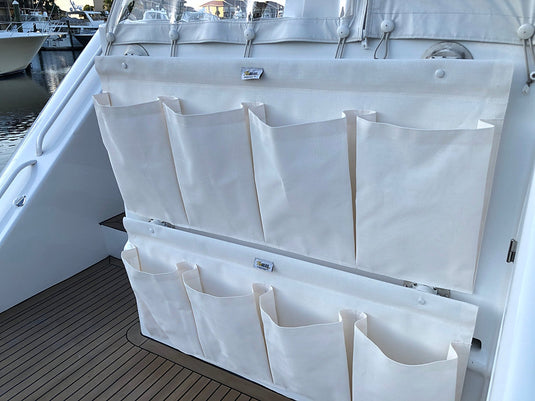Gear Up for Success: The Ultimate Guide to Efficient Scuba Gear Storage
Scuba diving is an exhilarating and rewarding experience, allowing you to explore the wonders of the underwater world. To fully enjoy your diving adventures, it's crucial to have well-maintained and properly stored scuba gear. Proper gear storage not only prolongs the life of your equipment but also ensures that everything is organized and easily accessible when you're ready to hit the water. In this ultimate guide, we'll provide you with expert tips and techniques to help you gear up for success with efficient scuba gear storage. If you are looking for the best scuba gear storage then, you can contact Finholder.
1. Choosing the Right Storage Space
Considerations for scuba gear storage space:
- Enough space to accommodate all your gear
- Well-ventilated area to prevent mold and mildew growth
- Protection from direct sunlight and extreme temperatures
- Accessibility for easy retrieval of gear
2. Cleaning and Drying Your Gear
Steps for cleaning and drying your scuba gear:
- Rinse your gear thoroughly with fresh water after each dive to remove salt, sand, and debris.
- Use a mild detergent to clean wetsuits, BCDs, and other equipment, following manufacturer instructions.
- Hang your gear to dry in a well-ventilated area away from direct sunlight.
- Ensure all pieces of equipment are completely dry before storing to prevent mold and mildew growth.
3. Organizing Your Gear
Tips for organizing your scuba gear:
- Use gear bags or storage containers to keep your equipment together and protected.
- Label storage bins or compartments for easy identification of gear.
- Separate wet and dry gear to prevent moisture damage.
- Store smaller items like masks, snorkels, and dive computers in designated pockets or compartments.
4. Storing Your Gear Properly
Best practices for storing scuba gear:
- Avoid storing gear in airtight containers or bags to prevent mold and mildew growth.
- Hang wetsuits and BCDs on padded hangers to maintain their shape and prevent creases.
- Keep regulators and sensitive equipment in padded cases to protect them from damage.
- Store tanks in a secure upright position away from direct sunlight and heat sources.
5. Maintenance and Inspection
Regular maintenance and inspection tasks:
- Inspect O-rings, hoses, and other components for wear and tear regularly.
- Service regulators and other dive equipment according to manufacturer guidelines.
- Check for signs of corrosion or rust on metal equipment and address any issues promptly.
- Replace or repair damaged gear to ensure safety and reliability underwater.
6. Creating a Gear Checklist
Benefits of a scuba gear checklist:
- Helps you ensure you have all necessary equipment before diving.
- Prevents forgetting essential items like dive computers, weights, or safety gear.
- Allows for quick and easy gear preparation, saving time and reducing stress before dives.
- Helps you stay organized and maintain a routine for gear setup and breakdown.
7. Emergency Preparedness
Essential items for emergency preparedness:
- First aid kit with necessary supplies for treating minor injuries.
- Spare parts and tools for quick repairs on the go.
- Spare mask and dive computer in case of equipment failure.
- Emergency signaling devices like whistles, lights, and dive flags for communication underwater.
By following the tips and techniques outlined in this ultimate guide, you can gear up for success with efficient scuba gear storage. Properly storing and maintaining your scuba gear not only extends its lifespan but also ensures that you're prepared for safe and enjoyable diving experiences. Remember to regularly clean, dry, organize, and inspect your gear to keep it in top condition. With a well-organized storage space and a systematic approach to gear maintenance, you'll be ready to explore the underwater world with confidence and peace of mind.
